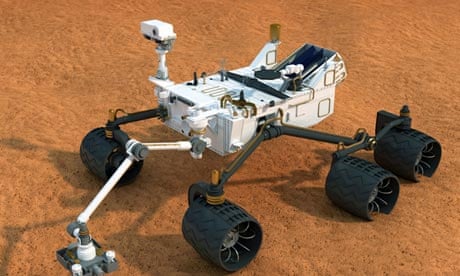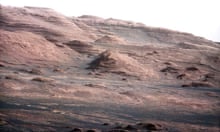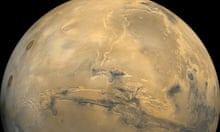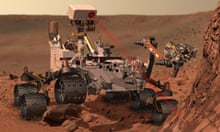Space is only supposed to be interesting when we put men and women in it. They bring human interest to an otherwise dull subject. At least that is the common assumption. The truth is very different, however, as can be observed by comparing interest in the manned International Space Station and the unmanned Hubble space telescope. The former, despite its human crew, does no real science and is only of public interest when its lavatories block. The latter has revealed the universe's wonders and has spawned posters that adorn student digs across the world.
And the same goes for Nasa's Mars rover, Curiosity, which is celebrating its first anniversary on the red planet's surface. Bristling with complex detectors, it has captivated the public. Control room staff have received offers of marriage while the manoeuvrings of the six-wheeled, nuclear-powered vehicle are followed across the globe as it drills soil samples, zaps rocks with lasers and maps the terrain. Who needs astronauts when you have a robot marvel on Mars? Geek is good, in short.





